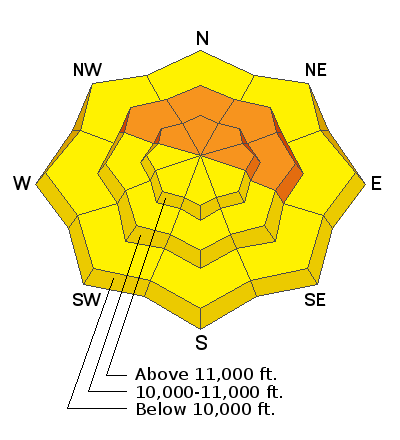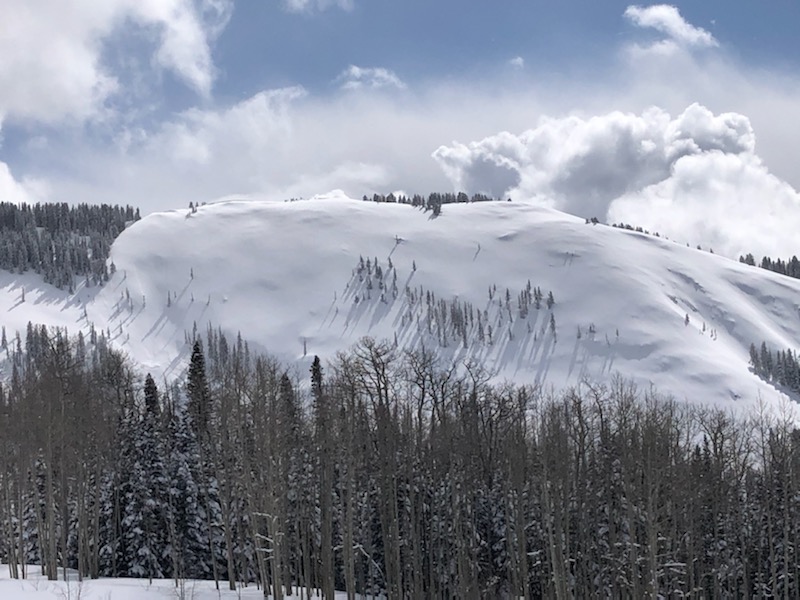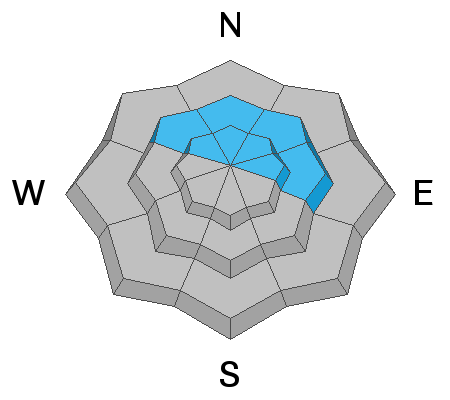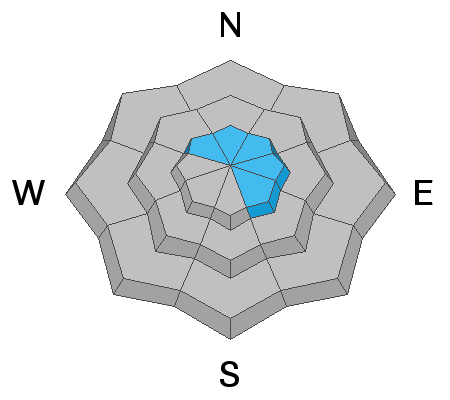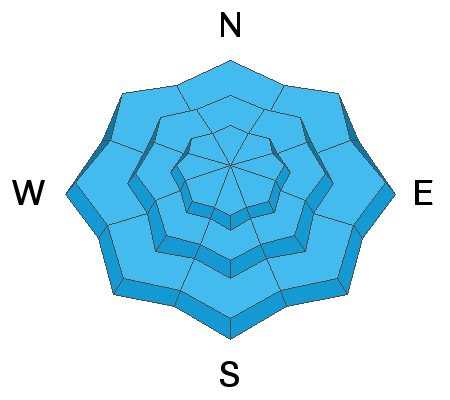We know there is a lot of uncertainty regarding the Coronavirus, but the Utah Avalanche Center is planning to continue issuing regular avalanche forecasts into April.
Road Conditions: Plowing on Thursday was minimal and the road is narrow and the parking lot is a mess.
Grooming: Trails have not been groomed.
24 Hour Snow 6" Weekly Snow 19" Base Depth in Gold Basin 72" Wind SE 10-15 mph Temp 14F
Weather: Snow continued to fall throughout the day yesterday adding another 4"-6" and bringing totals up to 19" in Gold Basin. Reports from up around Geyser Pass are of 2' or more of new snow. SE winds were pretty well behaved yesterday averaging just 15 mph but with regular gusts into the upper 20's. Today look for mostly cloudy skies and scattered snow showers. Southerly winds will be mostly light and high temps will be in the upper 20's. We should see mostly sunny skies tomorrow before the next system moves into the region on Monday. Hello Spring!
Snowpack: Powder conditions have returned to the La Sal Mountains but new and wind drifted snow is piling up on a fragile snowpack that is comprised largely of weak, sugary, faceted snow. Weak snow can be found on all aspects and with up to 2' of new snow, all slopes steeper than 35 degrees should be considered suspect. The greatest danger exists however on steep, wind loaded slopes that face the north half of the compass where the underlying snowpack is exceedingly weak. I know we've been in a powder drought for awhile, but now is the time to temper your enthusiasm.
Brett Sutteer sent in this photo he managed to snap during a brief period of clearing. This ominous looking, wind loaded slope is definitely the kind of terrain you want to avoid.
I received a report of two skiers being partially buried in an avalanche yesterday. I don't have any other details.
Casey Bateman reported a natural avalanche in Exxon's Folley. Though visibility was poor, he said it was large, with a fracture up to 2' deep, possibly stepping down into old, weak, faceted snow.
Read his report here. 
